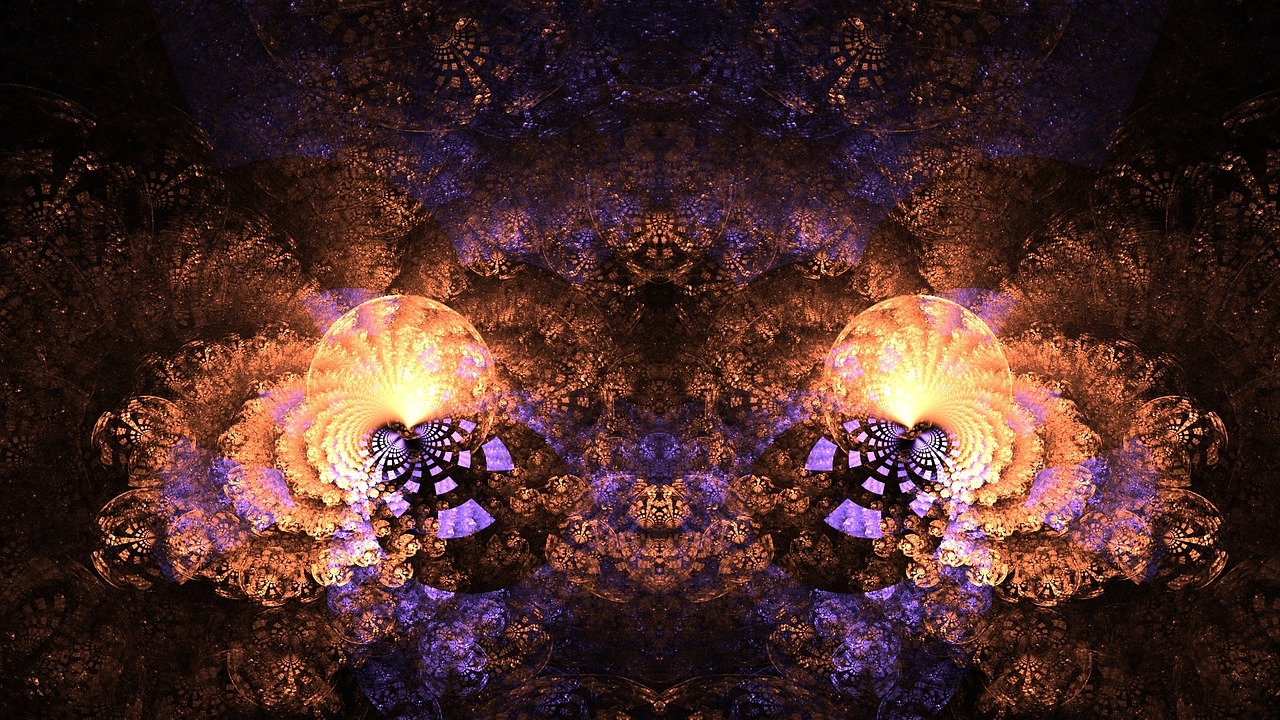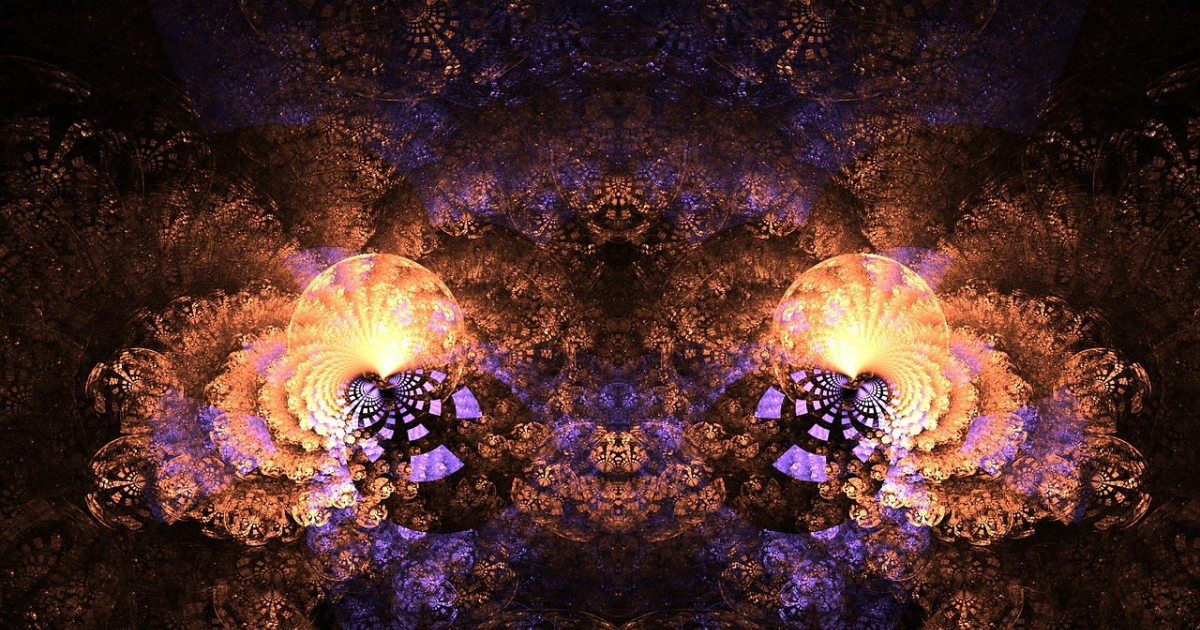
In our paper, we have already covered the topic of artificial intelligence in information research, finance, writing, and even in strategy games, but we have never touched on the use of this technology in the artistic field and the impact that it can have on creativity. Naturally, this article does not claim to be an exhaustive analysis of all the factors involved in changes that have every reason to be considered epochal, including because all issues related to copyright have yet to be resolved: whose works of art are created by AI? And certainly not the AI itself, which has no legal personality. From programmers? Whose result does it give to create? We don’t know yet, given that the legal framework is unclear even to lawyers, since the European AI law was passed a little over a month ago and will not come into force immediately (remember how long we have been waiting for legislation on the law). web author). What we know, and what we have also said about AI associated with linguistic models, is that the use of algorithms and databases to create works of art, of course, is not a novelty of the last year: access to this type of technology has just increased, and it is now available to a lot more artists, as well as a lot more people who can use it in a pretty improvisational way.
We also know that, at least in Italy, there is a lot of interest in these new technologies, but little faith in the real possibilities of AI to improve lives and give people more time (see Ipsos survey). For example, in the field of graphics and photography, there are many voices of concern that AI can replace the work of professionals. After all, the same thing happened in the 19th century, when photography was invented: some artists tore their hair out, seeing in this innovation an invasion of the field that would make their search for the reproduction of reality useless, while others “They saw this as an opportunity. It was also through photography that the concept of art changed profoundly and broke away from the need for realism that had almost always characterized it.
To better understand the current situation, between opportunities and critical challenges, we interviewed Maria Grazia Mattei, art critic and president of MEET, an international center for digital culture supported by the Cariplo Foundation, which promotes technology as a resource for creativity.
Mattei explains to us that there are still no major art processes that use artificial intelligence systems, but they have been used until recently. boom: To give just one example, Refik Anadol, a Turkish-American artist and new media designer whose installation on MEET took place in 2021, started his career back in 2015, when, apparently, the technology was very different from the current one, using algorithms and GANs ( generative adversarial networks), a special form machine learning in which the network, by collecting the available data, “challenges” the opposing network in an attempt to convince it that the result is the original work.
After all, when we talk about AI, we mean constantly evolving processes that, especially in recent years, are developing very quickly. The difference from the past is that now these tools have become more accessible, and that’s not always a good thing.
In terms of functioning, the AI used in the art world follows the same procedures we have already explained with text models: datasets are created with billions of data, much more than what the human brain could remember and creatively process. which, depending on the results provided by the artist, can give rise to ever-changing works (for example, the Anadol installation we talked about was inspired by the Italian Renaissance and started with more than a million images and texts created in our country at that time, and he and his team taught GANs to read shapes, colors, and semantic relationships from source images).
At the same time, it should be noted that this is not a collage of existing works, or at least not quite: it is rather a collage of individual existing pixels that complement each other thanks to learning mechanisms. And then there is another procedure instead, namely text to image which converts a text file into an image.
In both cases, in order to talk about art, there must be an artist or a team consisting of an artist who knows how AI works and is culturally inclined towards this technology, and programmers who support him in delivering results that are more technical.
“It’s not just a matter of recreating old styles,” Mattei explains, “because that might be a good exercise for now, but it will be over very soon. As Piero Gilardi said about photography, we start with what we know in order to push the boundaries: the new technique does what the first one did well, but adds something else, and that’s it. moreover what we are still looking for. In short, with these tools you can create new meadows expressive and emotional concepta project that is already defined in the mind of the artist, and at that moment a new work is created.
How easy it is to guess a person, and in particular an artist, remains at the center of the process: it is he who gives instructions to AI, which, in turn, manages to analyze billions of data, finding patterns (shapes, colors, concepts) that the artist could not define so completely.
In the absence of AI-related copyright legislation at the moment, we asked Mattei for an art historian’s opinion on originality: what does it take to be considered the author of an AI-powered work? “As far as I understand, an artist can use data sets if they have free access, and what he first reads in his creative mind, and then starts working not with a chisel and hammer, but with the help of machine learning and GAN allows him to create new work that is visually or audiovisually something new. After all, none of us creates from scratch: we carry with us an extraordinary heritage that guides us and pushes us to constantly search for new versions, but none of us starts from scratch.
But what is the real importance of AI in the art world? On the one hand, easy access runs the risk of deceiving, giving the impression (like contemporary art, after all) that “anyone can do it.” It is no longer necessary to know how to program and work with GANs, since programs like DALL·E are available to everyone. But is having access to tools enough to be an artist? Of course not. Meanwhile, the tool needs to be managed and, for example, it is much easier for a graphic designer than for a teacher who wants to create illustrations to enrich their slides. And then there is something that has made artists what they are for centuries: constant exercise, a kind of obsession with what they did. This is the difference, and for this reason Mattei hopes that a generation of artists will emerge who, in addition to owning tools, will also have a sensitivity that predisposes them to work at levels other than traditional ones.: “Entering the digital dimension,” he explains, “is not for everyone, it’s a cultural process that reads modernity differently and then returns it to you: those who think the digital space is the equivalent of a brush and a chisel have a self didn’t get it, I think the criticality will be in having outstanding artists, not in circulating the same images.” It is for this reason that MEET has stepped up partnerships with HXOUSE and Binance in collaboration with The Weeknd to provide new opportunities for young emerging artists in the digital world.
Another critical point is that intangibility. We must not forget that art is also a business, and that the figure of the philanthropist has not faded, but simply evolved between art galleries and charitable events. It’s one thing to have a painting and a sculpture that you can put up in your living room and show to your friends, and it’s one thing to have data. “Of course,” Mattei points out, “it is possible that this intangible expression could find reification, but it remains to be explored, and the art world is currently confused by intangibility, and attempts at regulation through the NFT have shown that there was a request for proof of ownership. , even if it is insignificant.
So at the moment we are at a stage where we don’t know what direction the art sector will take after the massive introduction of AI, but there is reason to hope that it will be possible to create a working system, a kind of parallel in art. to the traditional, with specialized professionals and clients who understand its value.

